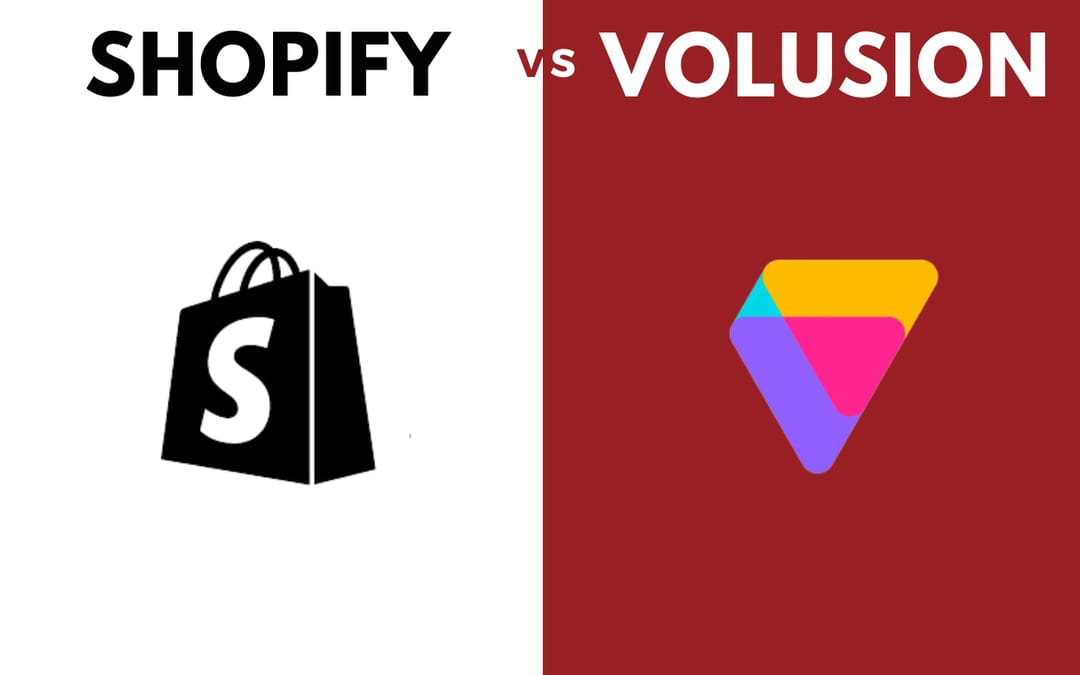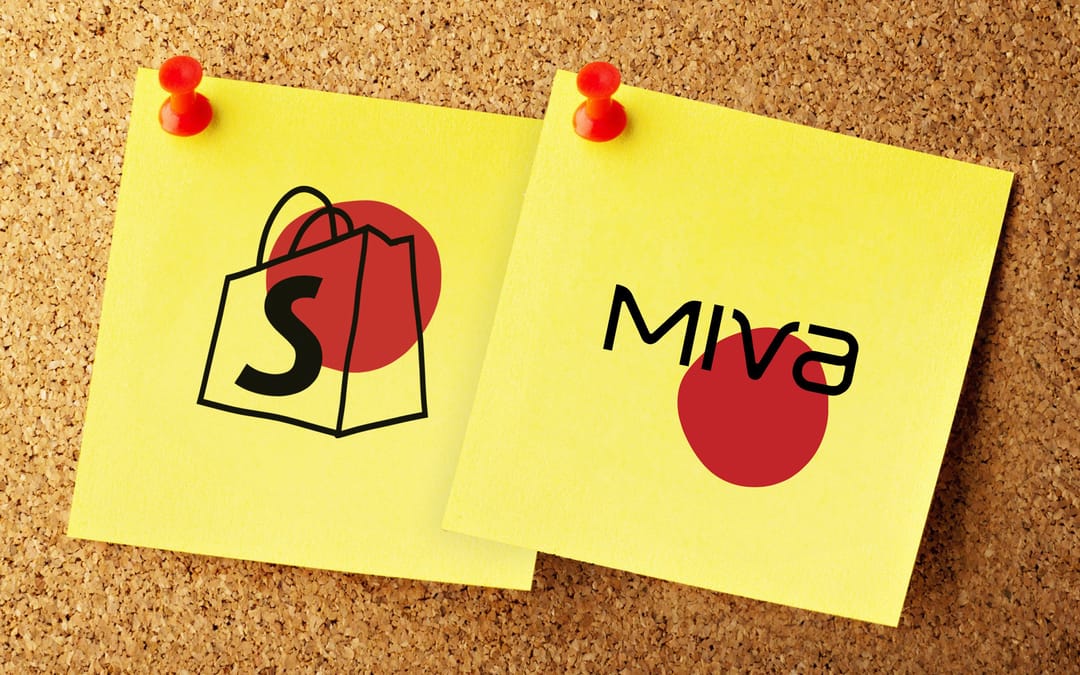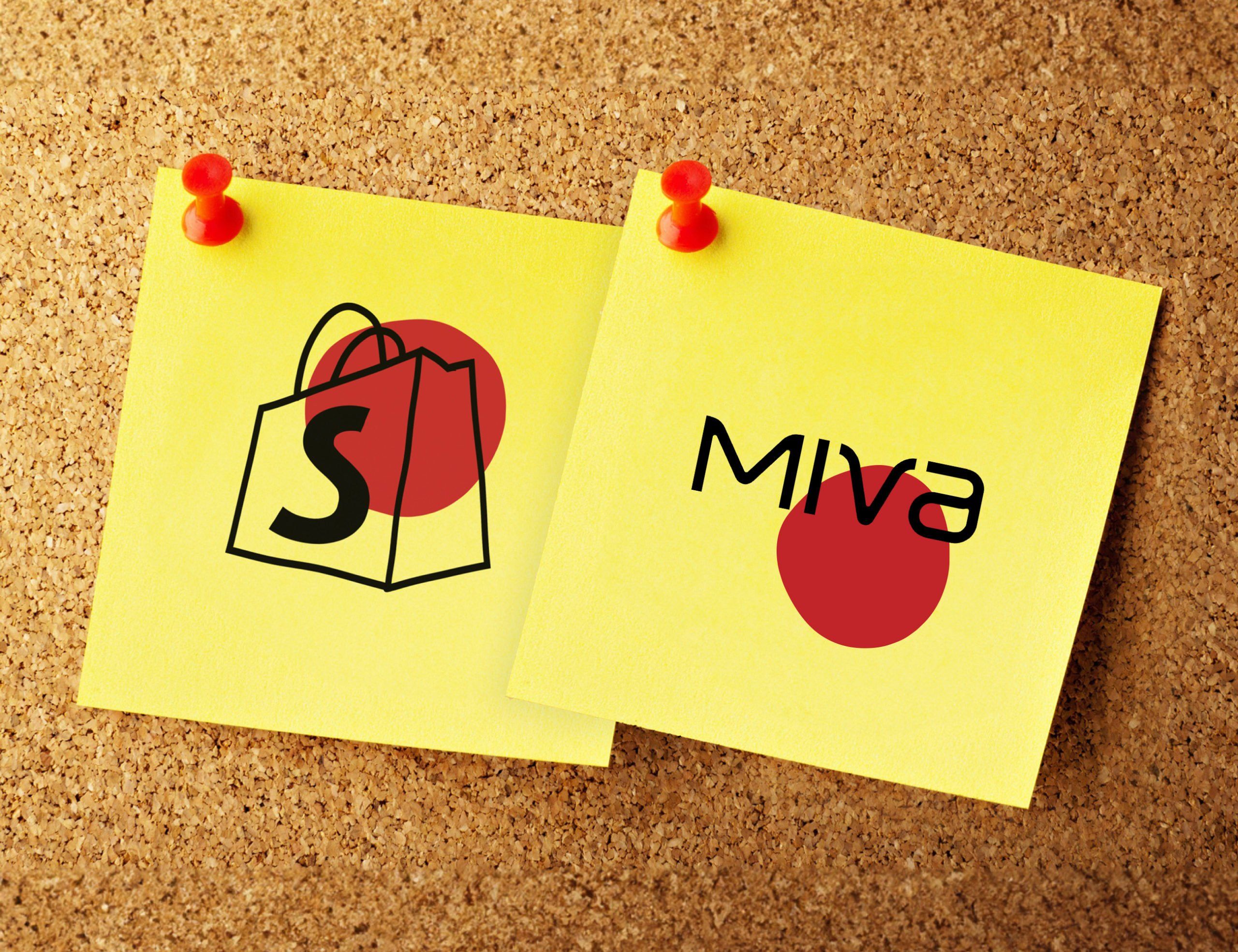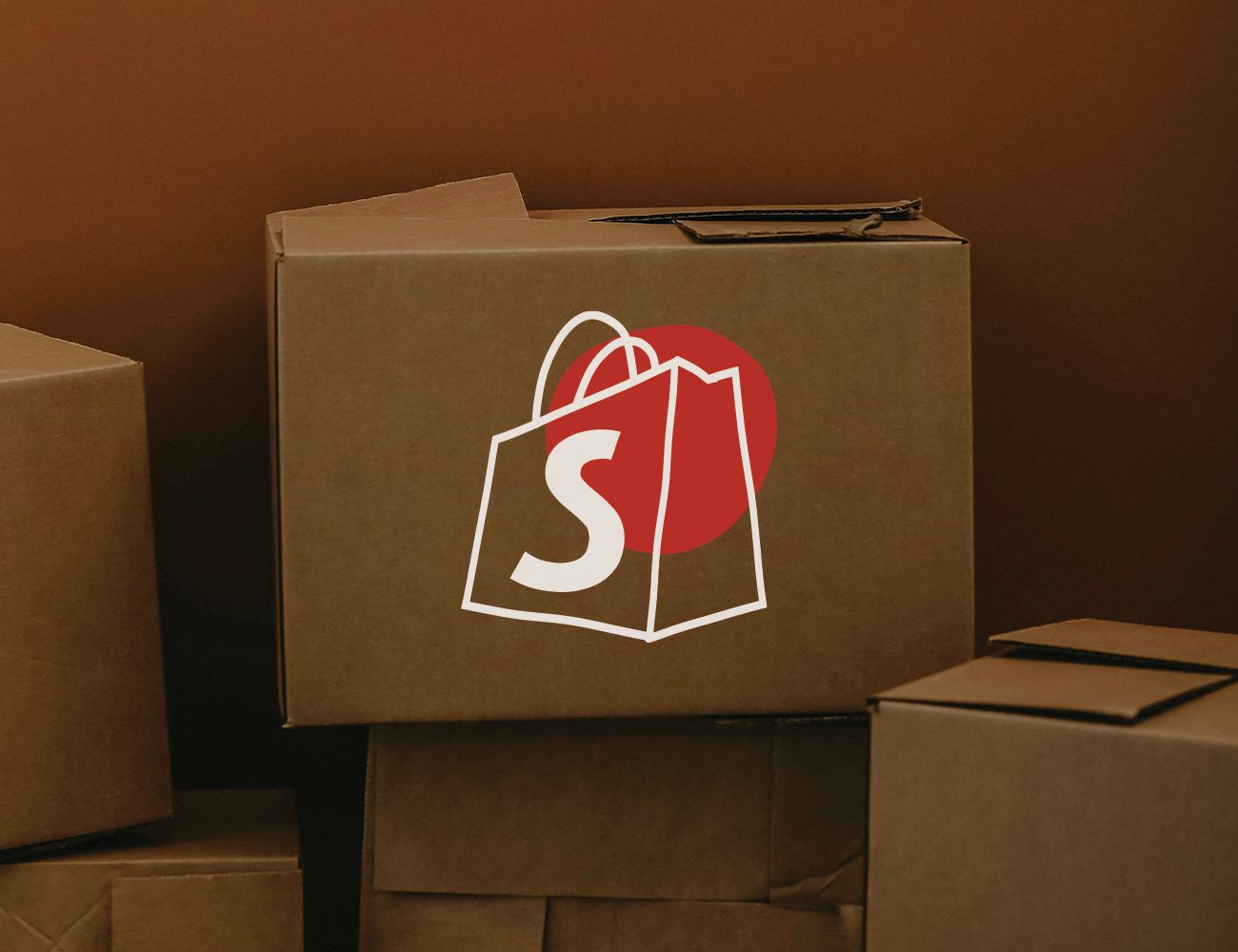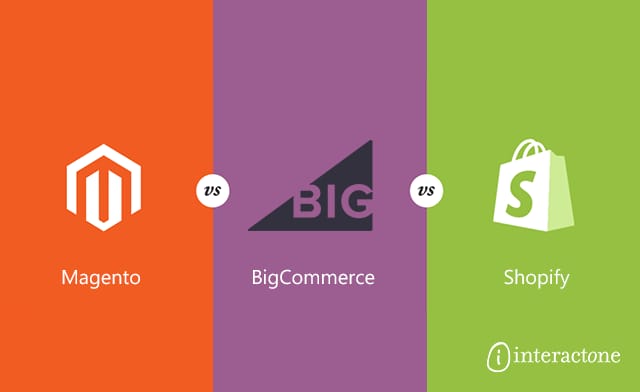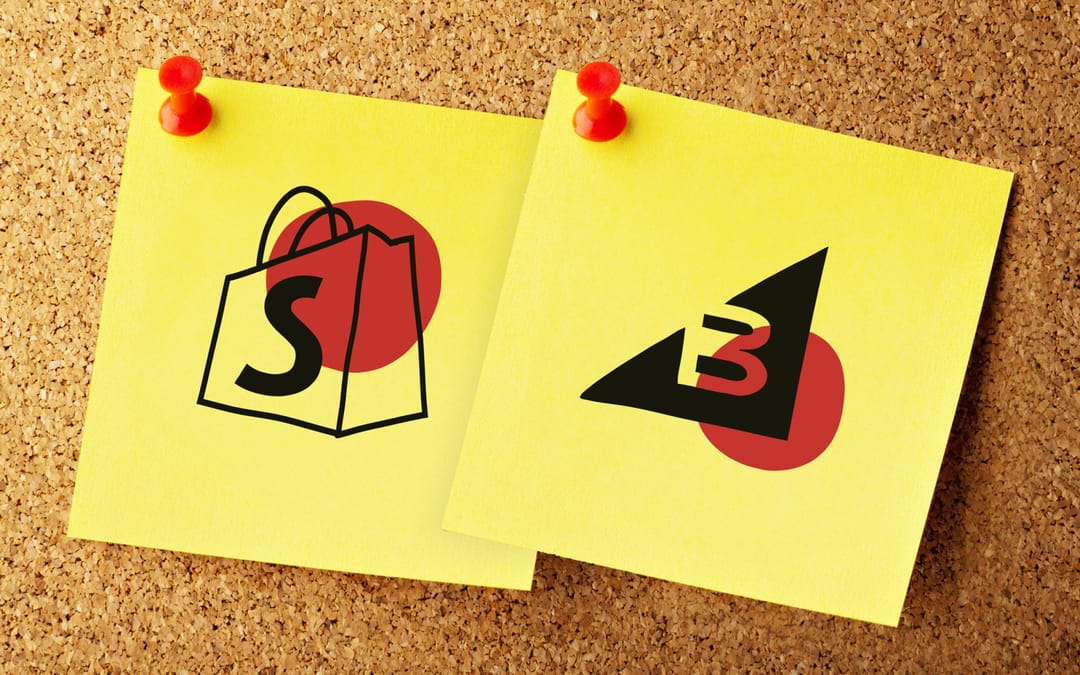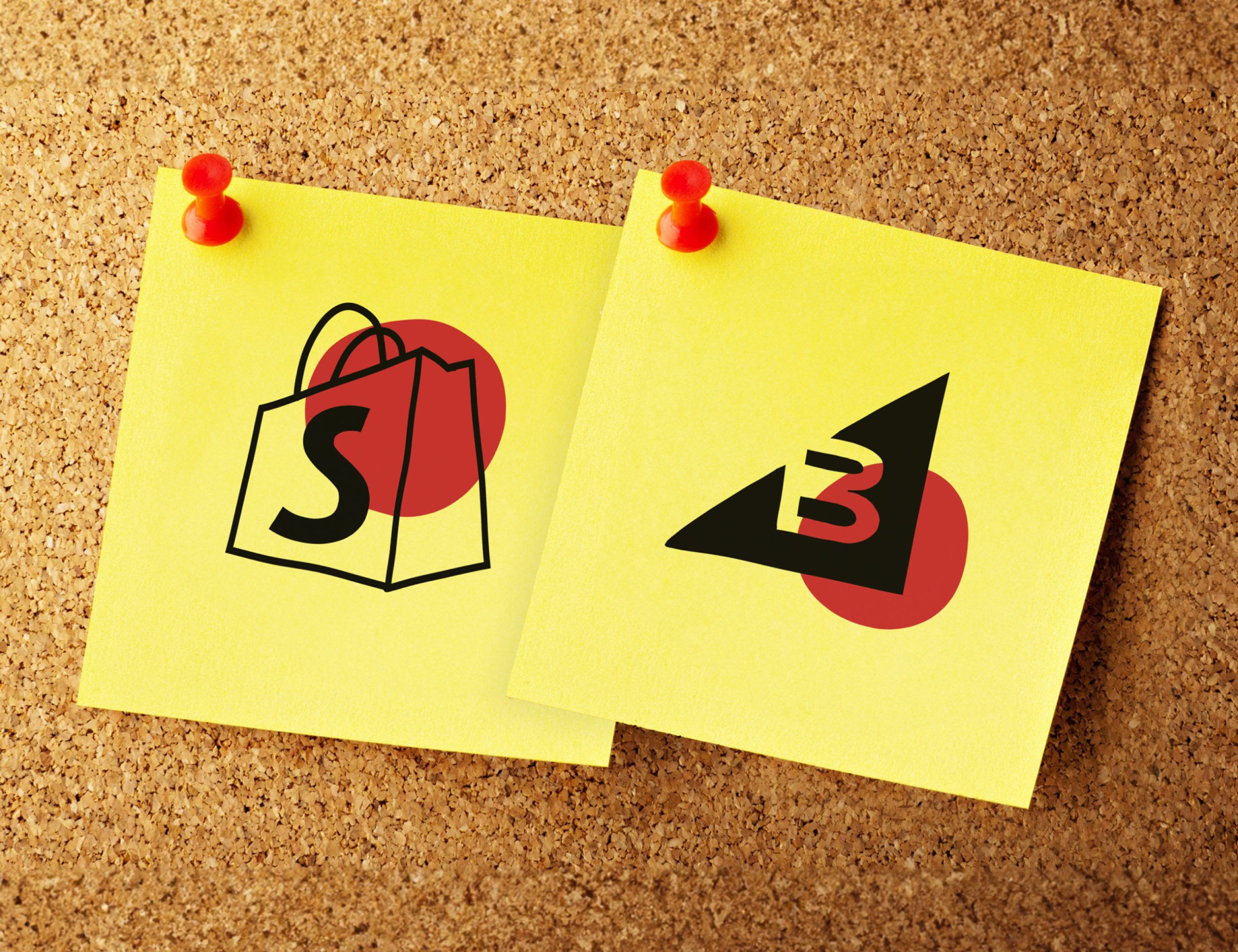
4 Tips for Writing Great Product Page Meta Descriptions

Meta descriptions serve as the gateway between search engine results and your website, providing a critical opportunity to capture users’ attention and encourage clicks.
Yet, crafting effective meta descriptions can be challenging. From time constraints to SEO knowledge gaps and algorithm changes, the task can feel overwhelming.
InteractOne can help ease these burdens. With our Digital Marketing expertise and resources, we guide eCommerce businesses through meta description management complexities. Whether you’re looking to learn how to write meta descriptions better or seek to optimize existing descriptions, InteractOne delivers the solutions you need for compelling, click-worthy meta descriptions.
Below is a visual depiction of what a meta description looks like in an SERP (Search Engine Results Page):

- The importance of meta descriptions
- What are meta descriptions?
- Why are meta descriptions important for website traffic?
- How does a good meta description help SEO?
- 4 tips to write meta descriptions that convert
- Common challenges in writing effective meta descriptions
- InteractOne’s expertise in elevating SEO
The Importance of Meta Descriptions in SEO
Let’s take a moment to explain the significance of meta descriptions.
What are meta descriptions?
Meta descriptions are HTML elements that provide a short summary of a web page’s content. They appear beneath the page title in search engine results pages (SERPs), giving users a glimpse of what to expect when clicking a link.
Think of them as your website’s elevator pitch – a concise, persuasive description encouraging users to learn more. A good meta description makes people more likely to click on a link.
Why are meta descriptions important for website traffic?
Well-crafted meta descriptions can significantly impact click-through rates (CTRs) by capturing users’ attention with relevant and engaging descriptions. When users scan search results, attention-grabbing meta descriptions stand out and persuade them to click on your link. By accurately reflecting the page’s content and highlighting its unique value proposition, winning meta descriptions can improve website traffic and attract qualified visitors.
How does a good meta description help SEO?
Meta descriptions are not just about enticing clicks; they also contribute to your overall SEO strategy. While search engines don’t directly use meta descriptions for ranking purposes, they indirectly influence SEO by improving CTRs and user engagement metrics. Higher CTRs signal to search engines the relevance and value of your website to users, potentially leading to improved rankings over time.
By incorporating target keywords, SEO meta descriptions reinforce relevance and optimize messaging, ensuring a consistent user experience from SERPs to website content. While not direct ranking factors, compelling meta descriptions significantly contribute to driving organic traffic and should be a fundamental aspect of any SEO approach.
4 Tips to Write Meta Descriptions that Convert
Crafting meta descriptions that not only attract clicks but also lead to conversions requires strategic thinking and a deep understanding of your target audience. Here are four actionable tips to help you write meta descriptions that convert:
1. Address Customer Pain Points
Effective meta descriptions should solve potential customers’ problems. By addressing their pain points directly in the meta description, you can capture their attention and pique their interest. Incorporate specific keywords and phrases that resonate with the audience’s needs, showing them that your product or service can fulfill their requirements. By doing so, you’ll attract a new and organic audience genuinely interested in what you have to offer.
Imagine you need a reliable laptop for remote work. You encounter two SEO meta descriptions for different laptops:
Example 1:

Example 2:

Meta Description Example 2 directly addresses the pain point of slow performance, a common concern for remote workers. Highlighting the laptop’s speed and reliability resonates with the audience’s needs and offers a solution to their problem. This targeted approach makes it more persuasive and likely to attract qualified leads prioritizing performance in their laptop purchase decision.
2. Engage the Senses with Sensory Descriptions
Online shopping lacks the tactile experience of traditional retail, making it crucial to engage potential customers’ senses through descriptive language. Use your meta descriptions to paint a vivid picture of your product or service, describing textures, smells, and visuals to evoke an immersive experience. By appealing to multiple senses, you can create a more irresistible narrative that resonates with customers and entices them to explore further.
For example, which meta description of gourmet coffee is more likely to make you yearn for your next cup of joe?
Example 1:

Example 2:

3. Craft Unique and Original Descriptions
Avoid copying and pasting meta descriptions from manufacturers, as this can harm your search engine rankings. It’s best to create unique and compelling content. Unique descriptions prevent search engines from flagging content as duplicative. Invest time in crafting unique and original meta descriptions for each eCommerce page. Research your competitors’ meta descriptions and use them as inspiration to develop descriptions that stand out from the crowd. By showcasing your products or services in a fresh and distinctive light, you can capture the attention of potential customers and differentiate yourself from the competition.
4. Highlight Unique Selling Points (USPs)
When customers are frantically researching products online, use this search opportunity to set yourself apart from the competition. Highlight what makes your business different from all the others offering the same or similar product. By emphasizing these key benefits upfront, you can make your brand more attractive to potential buyers and increase the likelihood of conversions. Remember to keep your USPs relevant to the specific product or service promoted in each meta description, ensuring they resonate with your target audience.
For instance, mention free or fast shipping, returns, quick customer service, or high-quality goods to differentiate. When prices and products are similar, reliable shipping and service become deciding factors. Including selling points in meta descriptions gives customers a clear idea of what sets you apart, enticing them to choose your brand.
Common Challenges in Writing Effective Meta Descriptions
While meta descriptions are critical to any SEO strategy, eCommerce businesses often face several challenges when crafting high-performing meta descriptions. Let’s explore some of the most common hurdles:
Time Constraints and Volume
Managing a large number of product pages can be overwhelming, especially when considering the time investment required to write unique and engaging meta descriptions for each one. eCommerce websites with extensive product catalogs may struggle to allocate sufficient resources to meta description creation, leading to generic or incomplete descriptions that fail to capture users’ attention. Balancing the need for quantity with the desire for quality presents a significant challenge for many eCommerce businesses.
Lack of SEO Expertise
Outstanding meta descriptions need more than just good writing skills; they also require a solid understanding of SEO principles and best practices. Unfortunately, many eCommerce businesses lack the SEO expertise to optimize their meta descriptions effectively. Without this knowledge, they may miss opportunities to improve their search engine rankings and drive organic traffic to their website. Additionally, a lack of SEO knowledge can result in poorly optimized meta descriptions that fail to resonate with users or accurately reflect the page’s content.
Keeping up with Algorithm Changes
Search engine algorithms are constantly evolving, and keeping up with these changes can be daunting for eCommerce businesses. Updates to algorithms can significantly impact the effectiveness of meta descriptions, requiring businesses to adapt their strategies accordingly. However, staying updated with algorithm changes and understanding their implications for meta description optimization requires time, effort, and expertise. Failure to keep abreast of these changes can result in outdated or ineffective meta descriptions that fail to deliver desired results.
Strategic Approach to Meta Description Management
Effectively managing meta descriptions requires a strategic approach that balances SEO optimization, brand consistency, and persuasive messaging. Here’s how to tackle meta description management strategically:
Keyword Optimization
Incorporating relevant keywords into meta descriptions is crucial for improving visibility in search engine results. However, it’s essential to use keywords naturally and avoid overstuffing, which can harm readability and detract from the user experience. Ensure your primary keyword, representing the main topic or focus of the page, is prominently featured to signal content relevance to user queries. Supplement primary keywords with secondary and tertiary keywords to provide additional context and relevance. These keywords should be seamlessly integrated into the description to enhance its comprehensiveness without sounding forced or unnatural.
Brand Voice and Consistency
Maintaining a consistent brand voice across all meta descriptions is essential for reinforcing brand identity, fostering trust, and establishing credibility with your audience. Your meta descriptions should reflect your brand’s tone, style, and values, conveying authority and expertise within your industry. Whether your brand voice is formal, friendly, or playful, ensure consistency to establish brand recognition and foster a strong connection with your target audience. Use language that showcases your brand’s knowledge and credibility, highlighting unique selling points, industry accolades, or customer testimonials to differentiate yourself from competitors and build trust with users.
Call-to-Action Inclusion
A convincing call-to-action (CTA) within your meta description can prompt users to take the next step and click through to your website. Successful CTAs are clear, concise, and action-oriented, using strong verbs like “Shop Now,” “Discover More,” or “Get Started” to prompt immediate engagement. Incorporating elements of urgency or exclusivity, such as limited-time offers or exclusive deals, can motivate users to act quickly. By strategically optimizing meta descriptions with keyword research, maintaining brand voice consistency, and including powerful CTAs, you can maximize their effectiveness in driving organic traffic and enticing users to engage with your eCommerce website.
InteractOne’s Expertise in Elevating Your SEO Game
Collaborating with InteractOne grants you access to customized SEO tactics designed to maximize your online visibility and drive results. Here’s how InteractOne can help enhance your SEO results:
Tailored SEO Strategies
InteractOne understands that every eCommerce business is unique, with its own goals, challenges, and target audience. That’s why we create customized SEO strategies tailored to your specific needs and objectives. Our team of experts conducts in-depth analysis and research to identify opportunities for improvement, including meta description optimization. By optimizing meta descriptions with strategic keyword placement, compelling messaging, and calls to action, we ensure that your website stands out in search engine results and attracts qualified traffic.
Comprehensive SEO Services
InteractOne offers a comprehensive suite of SEO services designed to enhance your online presence and drive sustainable growth. From comprehensive keyword research to technical SEO audits and ongoing SEO maintenance, we provide end-to-end solutions to meet your evolving needs. Our team stays ahead of the curve with the latest SEO trends and best practices, ensuring your website remains competitive.
Success Stories
Don’t just take our word for it – hear from our satisfied clients who have experienced firsthand the impact of partnering with InteractOne on their SEO journey.
Learn how we helped Tarps Now increase their Year over Year organic traffic by 83% and organic revenue by 112%, or how we helped World Wide Art decrease their bounce rate by 88%.
Our success stories demonstrate tangible results, including boosted website traffic, elevated search engine rankings, and enhanced conversions. Whether you’re a small business aiming to expand your online reach or a large enterprise seeking eCommerce platform optimization, InteractOne has a proven track record of delivering exceptional outcomes.
Partner with InteractOne today and unlock the full potential of your eCommerce website with tailored SEO strategies, comprehensive services, and a track record of success. Together, we’ll elevate your SEO game and drive sustainable growth for your business.
Unlock eCommerce Success with Expert Meta Description Management
Expertly managed meta descriptions are crucial in driving success for eCommerce businesses. As your website’s digital storefront, meta descriptions serve as the gateway to attracting qualified traffic, improving click-through rates, and ultimately driving conversions.
Partnering with InteractOne means gaining access to tailored SEO strategies and comprehensive services designed to elevate your online presence and drive sustainable growth. We understand the challenges of meta description management and are here to help you overcome them with strategic guidance and expertise.
By entrusting your SEO needs to InteractOne, you can rest assured that your meta descriptions are optimized, reflecting your brand’s voice, highlighting unique selling points, and enticing user engagement.
Ready to enhance your online store’s visibility and drive more traffic? Let InteractOne’s SEO experts craft and manage your meta descriptions. Contact us today for a strategic SEO consultation.
Drop Us a Line At:
Or, if you prefer an old-fashioned phone call:
Phone (USA): (513) 469-3362
Proudly headquartered in Cincinnati, Ohio



